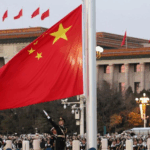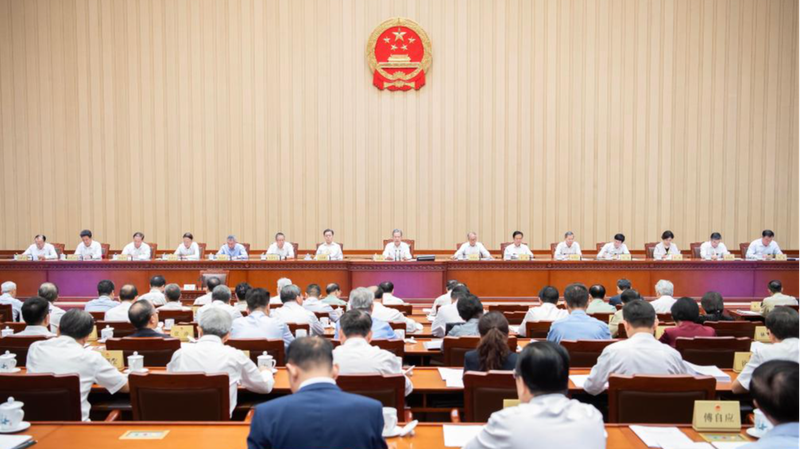China is rolling out a major policy shift to address its demographic challenges: retirement age reform. For the first time in over 70 years, the country is updating its retirement standards, signaling a strategic move to adapt to longer lifespans and a rapidly evolving workforce. 🛠️
Why Now?
China’s current retirement age—60 for men, 55 for women in white-collar roles, and 50 for blue-collar women—was set in 1951. Back then, life expectancy was under 45 years. Fast-forward to 2023, and Chinese citizens now live an average of 78 years, with many staying healthy well into their 60s. 💪📅
More Years, More Opportunities
The reform aims to retain skilled workers in a competitive economy. With higher education rates soaring (over 60% of young adults now attend college), people are entering the workforce later. Raising the retirement age gives these professionals more time to apply their expertise and fuels China’s push to transform its ‘demographic dividend’ into a ‘talent dividend’. 🎓💡
What’s Next?
- 👷♂️ Extended careers for experienced workers
- 🏢 Better alignment with employer needs for skilled labor
- 🌍 A model for aging economies globally
This overhaul reflects China’s proactive approach to balancing social welfare with economic growth. As one analyst noted: ‘It’s not just about working longer—it’s about maximizing potential in a new era.’ 📊✨
Reference(s):
Retirement age reform in China to address demographic shifts
cgtn.com



